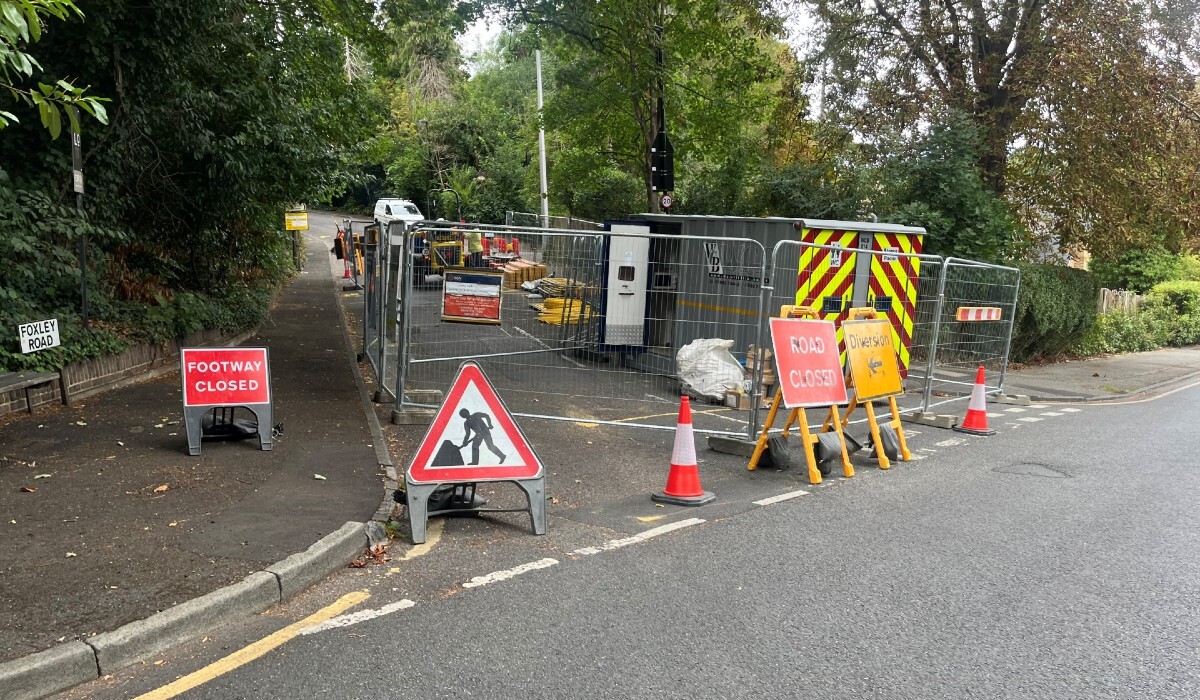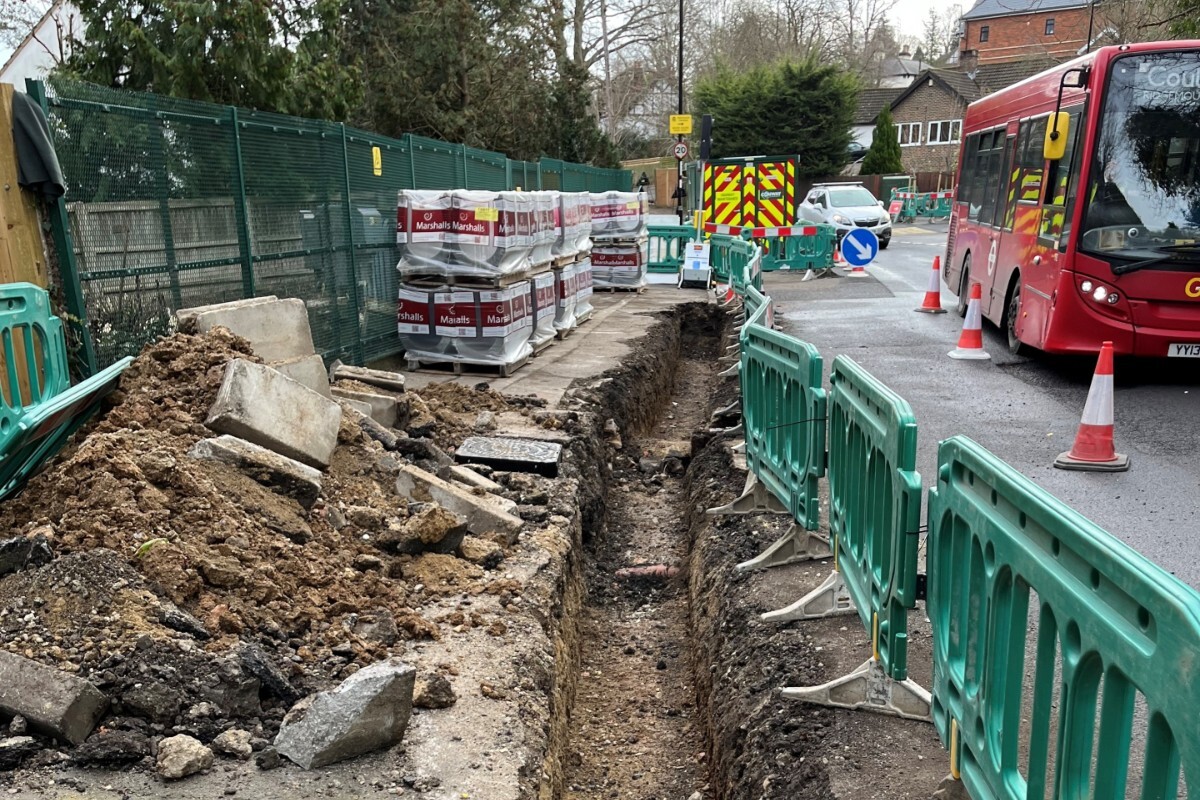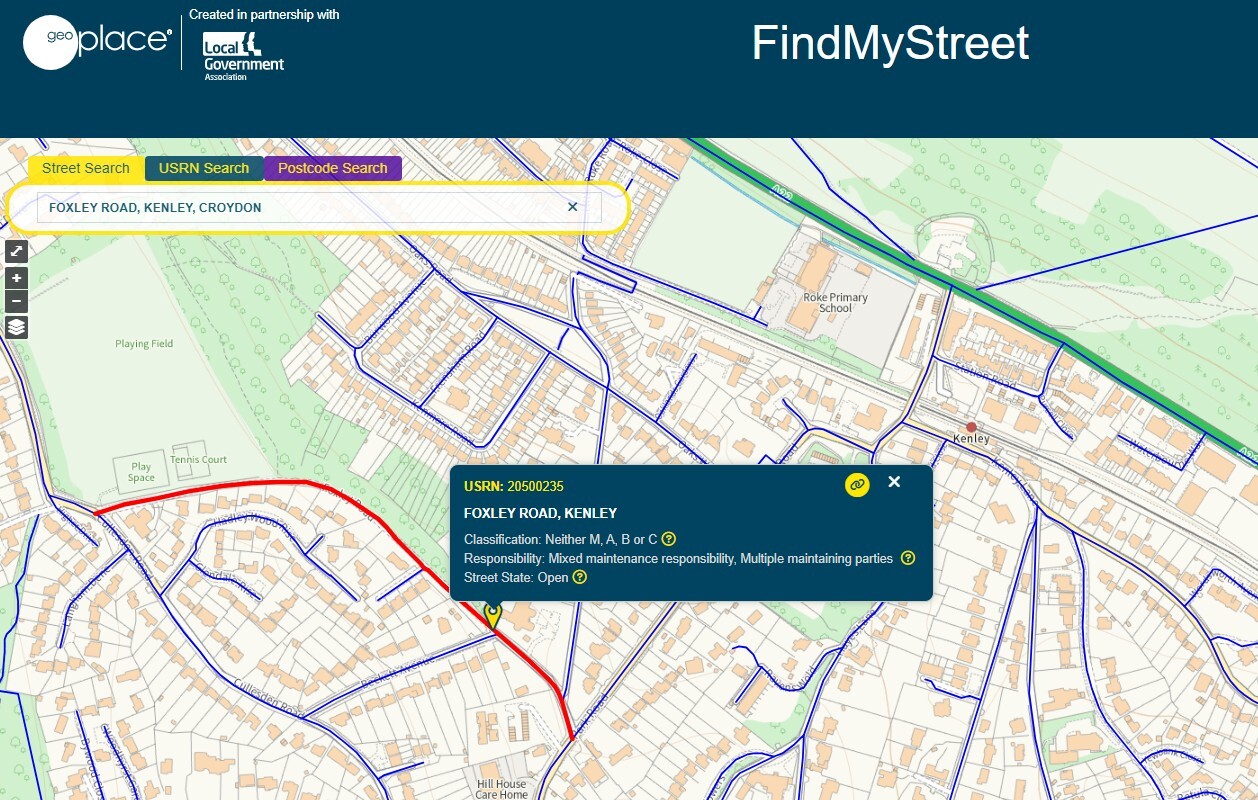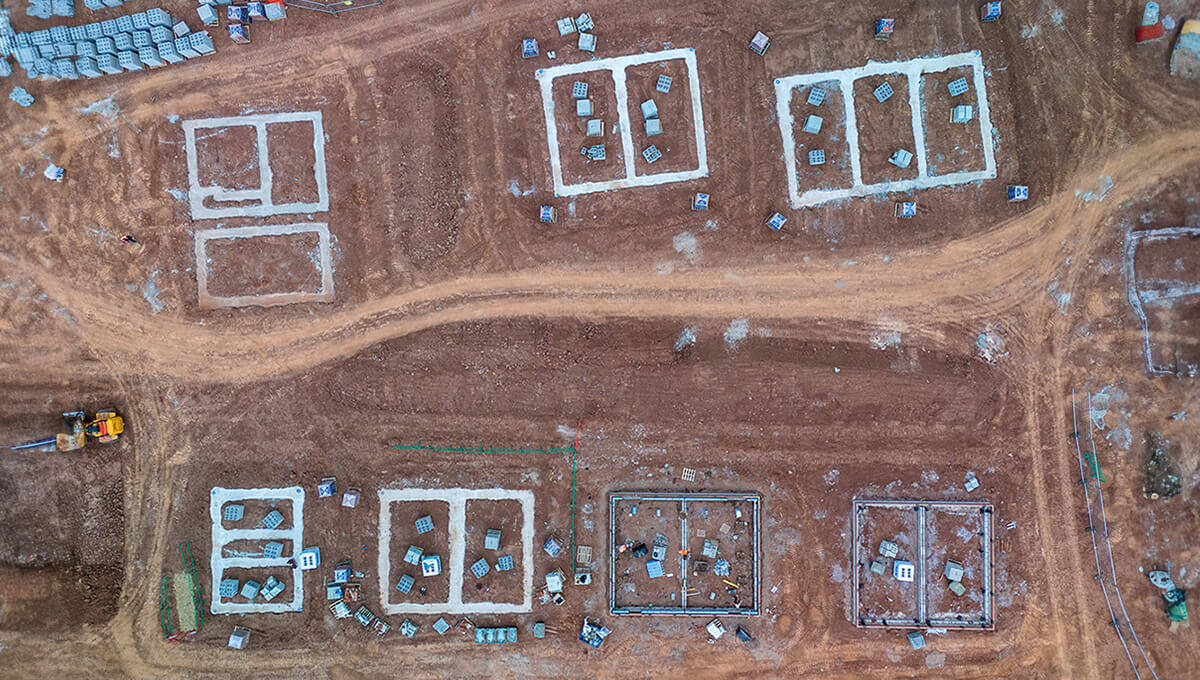If you’ve ever been stuck in traffic because of cones, barriers, and flashing lights, you’ve probably grumbled about ‘road works’. But in UK law, not all works are the same — and the distinction between street works and roadworks really matters.

Street works
Street works are carried out by statutory undertakers — mainly utility companies such as water, gas, electricity, telecoms providers, or the installation of on-street electric vehicle charging points (EVCPs). These works involve installing, maintaining, or repairing their apparatus under the street, whether that’s pipes, cables, or access chambers.
Street works are legally defined and governed by the New Roads and Street Works Act 1991 (NRSWA).
Examples include:
- laying new broadband fibre
- repairing gas mains or water pipes
- accessing underground utility chambers.

Road works
Road works, on the other hand, are undertaken by the highway authority — typically the local council. Their purpose is to repair, maintain, or improve the road itself and its associated infrastructure as a usable asset.
These activities are covered under the Highways Act 1980.
Examples include:
- resurfacing roads
- filling potholes
- replacing signs and road markings
- Installing traffic calming measures
- Installing drainage.
Highways authorities generally employ contractors to improve the infrastructure for assets such as street lighting.

Scotland
The terminology in Scotland is different. The term road works is a broader term that includes both works undertaken by utilities and works performed by road authorities under the Roads (Scotland) Act 1984, similar to the works listed above for England. The term street works is not used in Scotland at all. This is why we tend to hear about road works in Scotland rather than street works.
Street works or streetworks?
‘Street works’ should be written as two words, the formal and grammatically correct term is two words:
UK law: The term is defined and used throughout the New Roads and Street Works Act 1991 (NRSWA), which is the core legislation on the topic.
Government publications: Official guidance from GOV.UK consistently uses ‘street works’ to refer to work on pipes, cables, and other utility equipment.
Road works or roadworks?
Government guidance uses ‘road works’ (New Roads and Street Works Act 1991 and street works and road works) however ‘roadworks’ tends to be the standard spelling for general public use. At GeoPlace we follow the style guidance set by Government.
The key difference between street works and road works
The difference comes down to who does the work and why:
- street works are utilities installing or maintaining their own equipment
- road works are highway authorities maintaining or improving the road network.
Why GeoPlace is Interested
At GeoPlace, we manage the National Street Gazetteer (NSG), which provides the definitive reference for every street in England and Wales. Both road works and street works are logged against this dataset, enabling councils, utility companies, and other organisations to coordinate activities more effectively.
It is worth noting that Scotland uses the same gazetteer but it is managed by the Improvement Service in Scotland and forms part of the Scottish Road Works Register held by the Scottish Road Works Commissioner.
By using the Unique Street Reference Number (USRN) as a common identifier, organisations can share information, avoid conflicts, and reduce disruption for road users. That’s why understanding the distinction between road works and street works isn’t just important for legislation — it’s central to the way we help authorities and utilities deliver services more efficiently.

Why It matters
Understanding the difference isn’t just semantics — it shapes how works are planned, coordinated, and charged under legislation. Councils need to balance their own road improvement projects with the essential work of utility companies, while minimising disruption for road users.
So next time you see the cones and diggers, you’ll know whether you’re looking at road works or street works — and how datasets managed by GeoPlace help keep the whole system moving.




